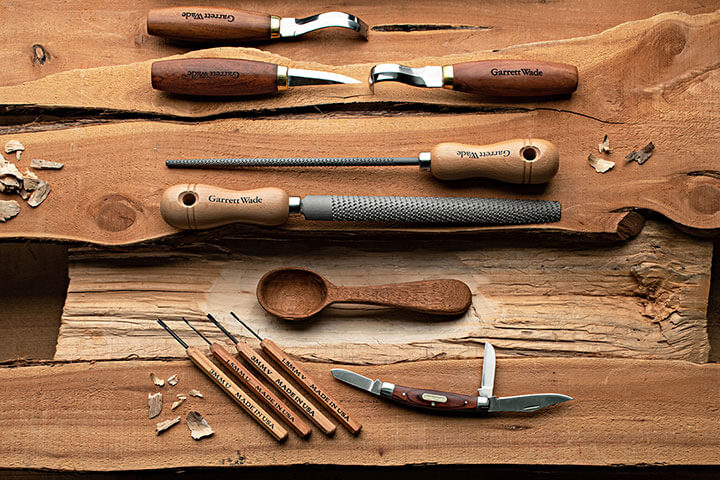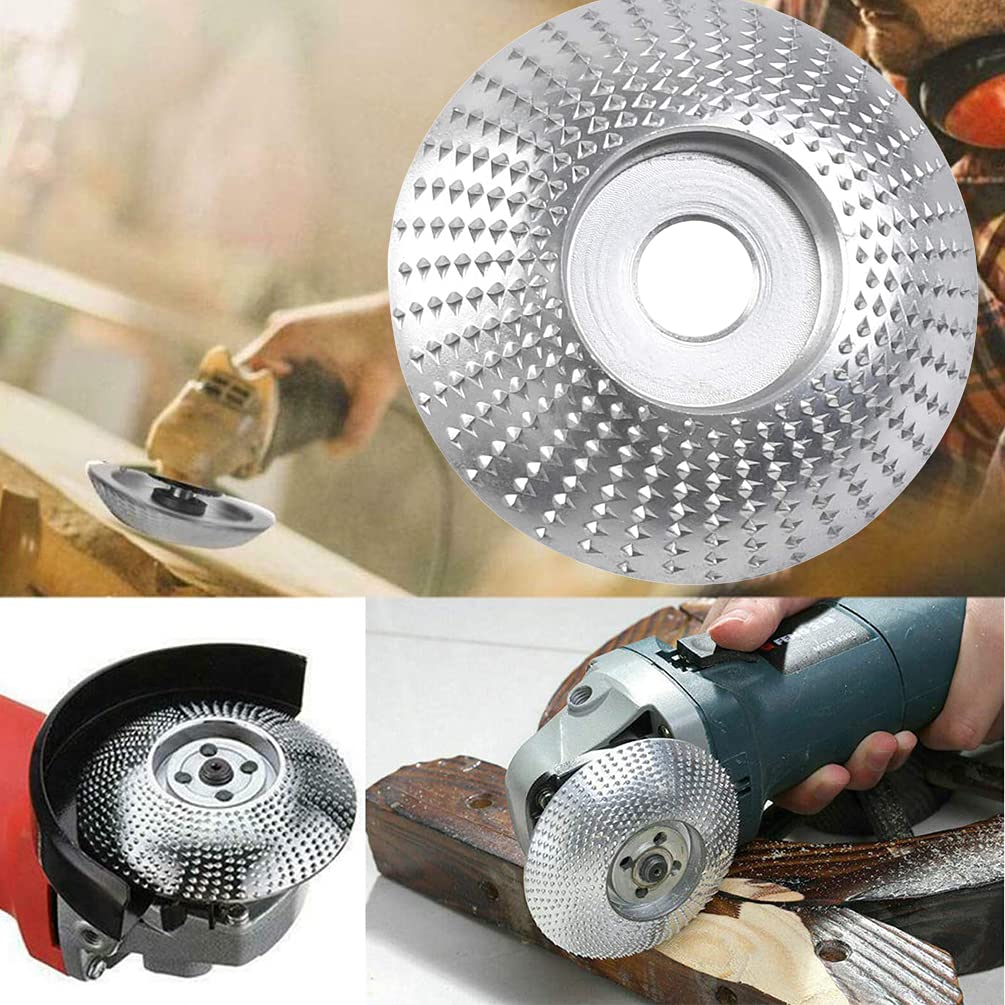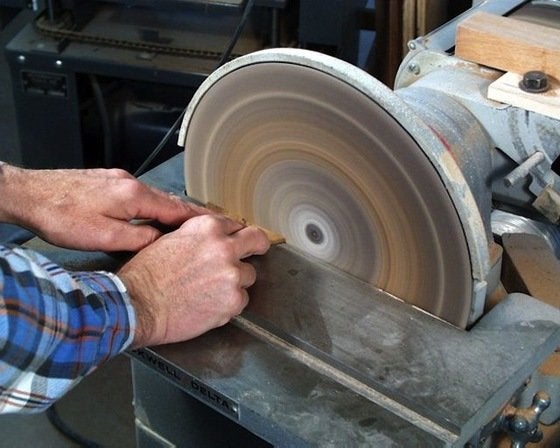
Learning how to work wood requires patience and persistence. Woodworking can be an enjoyable and educational hobby. However, it doesn't require precision. We will cover how to get started, use hand tools, join the wood, and finish. By the end you will be well on the way to your first project. These are some skills you should have before you can start.
Basic woodworking skills
DIY woodworking is a popular hobby. You can find thousands of plans for woodworking on the internet. These plans include cut lists, measurements, materials, tools, and instructions. You should build what you enjoy when you start woodworking. Don't worry about the most difficult or expensive projects. As you become more confident, your skills will improve, and you'll be more likely to complete larger projects. Basic woodworking skills are crucial to becoming a more proficient craftsperson.

Hand tools
A good set of hand tools includes the essential tools needed for basic woodworking projects. Squares are a must-have for quality projects and they have a measuring surface. Every woodworker should have a measuring tape in their belt. It can be used to measure distance, length, size, or distance. It is also an essential tool for woodwork beginners. Listed below are some of the essential hand tools for woodworking.
Joining wood
There are many different methods of joining wood. Hand-cut joinery, which is traditionally used to build furniture and other wood projects, is very popular. Fancy joints can look beautiful, but most projects require sturdy, simple joinery. You can use four of the most effective methods to join your projects: pocket screws and dowels; biscuits and Beadlock. For your projects, you can use any or all of the following techniques.
Finalization
Finishing is an important aspect of woodworking. Additionally, finishing can affect other wood properties such a tone in musical instruments or hardness of flooring. Some woods are low in value, but these skills will help you make them look expensive. Several different techniques are available to finish wood, and learning them will allow you to add value to your work.

Safety
Everyone involved in woodworking must be safe and healthy. Because of the variety of machinery involved in woodworking, there are many hazards that can pose a danger to workers. Employers are legally obligated to train their staff in woodworking safety, and to ensure that their employees are fit for their jobs. Assessing woodworking hazards can be difficult. These are some ways to make your workplace safer.
FAQ
How can you calculate the woodworking price?
The most important thing to remember when calculating costs for any project is to keep them as low as possible. Always make sure you get the best price on materials. It's also worth taking into account all the other factors that may affect the cost of your projects, such as time, skill level, and experience. Our guide to the average household DIY task price will give you an idea of how much it costs to complete different types of woodwork projects.
Are there any other things I should know regarding woodworking?
It is easy for people to overlook the work involved in furniture making. Finding the right wood is the hardest part. There are so many wood options that it can be difficult to choose the right one.
Another problem is that not all wood has uniform properties. Some woods will crack or warp with time. Others will split or crack. You must take these things into consideration before purchasing wood.
How often do I need to buy new supplies
You will likely need to replace some tools over time. If you're using hand tools, you'll need to sharpen them regularly. You'll also need to replace parts if you use power tools. Spread your purchases over several months to avoid purchasing too many items at once.
What material would you recommend to start learning woodworking?
Start off with softwood like pine and poplar. Once you feel comfortable with these two, move on to hardwood.
How long does it take for furniture to be finished?
It depends on the type and complexity of your design as well as the amount of finishing that you use. For example, hardwoods require more maintenance than softwoods. Hardwoods tend to be more expensive that softwoods. However, they are stronger and more resistant to moisture. Finishing furniture can take anywhere from one week up to three months.
Statistics
- Woodworkers on the lower end of that spectrum, the bottom 10% to be exact, make roughly $24,000 a year, while the top 10% makes $108,000. (zippia.com)
- Average lumber prices rose about 600 percent between April 2020 and May 2021. (familyhandyman.com)
- Overall employment of woodworkers is projected to grow 8 percent from 2020 to 2030, about as fast as the average for all occupations. (bls.gov)
- Most woodworkers agree that lumber moisture needs to be under 10% for building furniture. (woodandshop.com)
External Links
How To
How to join wooden boards without using nails
Many people love woodworking. It is relaxing and enjoyable because you can create something useful with wood. You might want to join two pieces from the same wood, but you don't need to use nails. This article will explain how to do this so that your woodwork projects stay beautiful.
Before you can join the wood pieces together, you need to remove any rough edges. You don't want any sharp corners to cause problems later. Now it's time to start glueing your boards together.
If you are working on hardwood, you should only use glue on one side. For softwoods like cedar and pine, glue should be applied to both sides. Once you have applied the glue, press down on the boards until they are fully attached. Before moving onto the next step, make sure the glue has dried completely.
After you've glued your boards, you'll want to drill holes into the joints where you plan to insert screws. Depending on the type of screw that you use, the size of these holes will vary. For example, if you intend to use 1/2-inch wood screws, you need to drill a hole that is at most 3/4 inches deep.
After drilling the holes, you can drive the screws into your board's backside. You should be careful not to touch the board's front surface. This could cause damage. When driving the screws, try to avoid hitting the ends of the screws too much. This will prevent splitting in the end grain of the wood.
Once your project is complete, it's time to protect it against the elements. You have two options: seal the whole furniture piece or just the top. You'll want a product that lasts for many years. Examples include oil-based varnishes and polyurethanes, shellac, lacquer and others.
You can find these products at most home improvement stores. Be sure to choose the right one for your project. Some finishes are toxic and should not ever be used indoors. Wear protective gear whenever you are handling them.